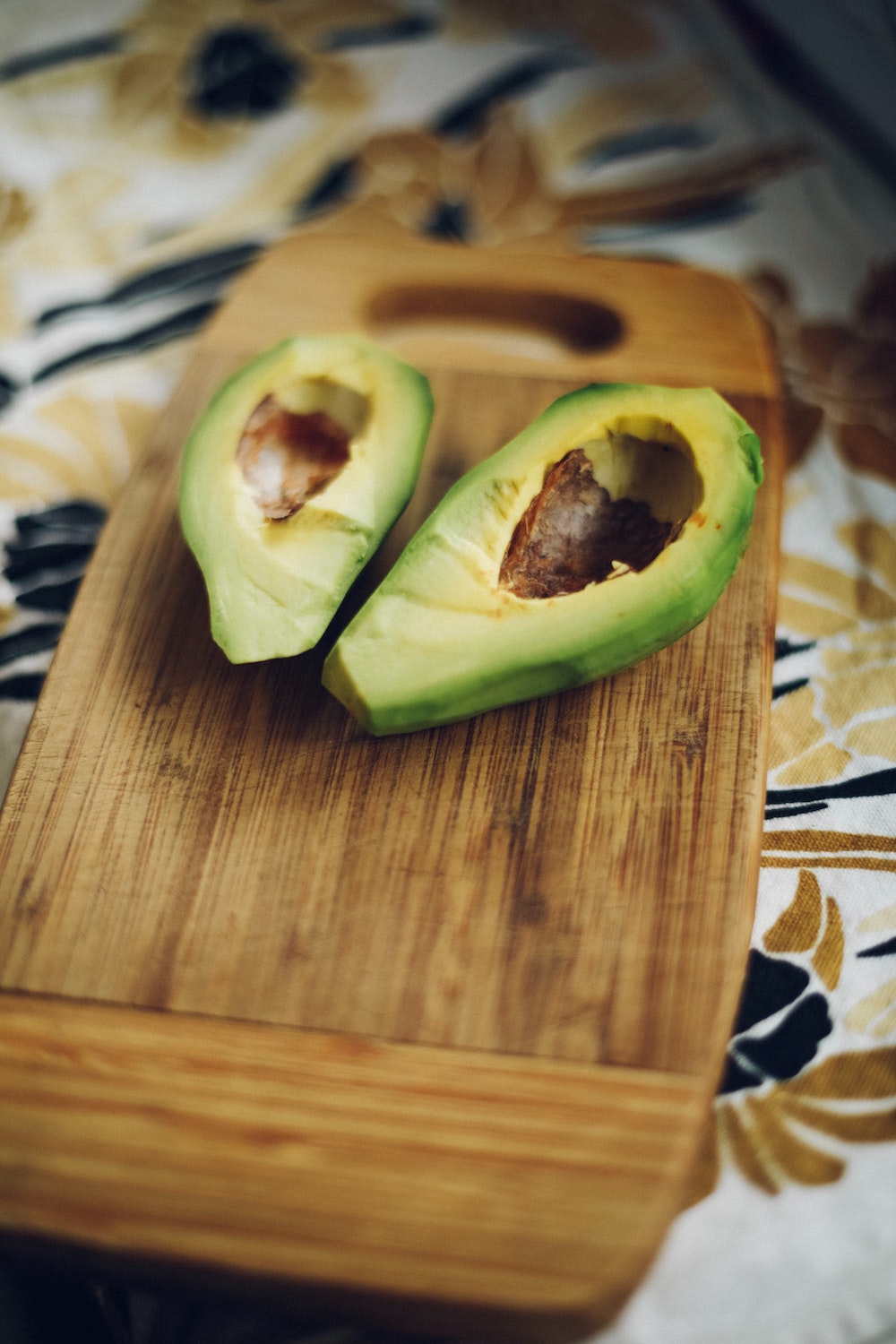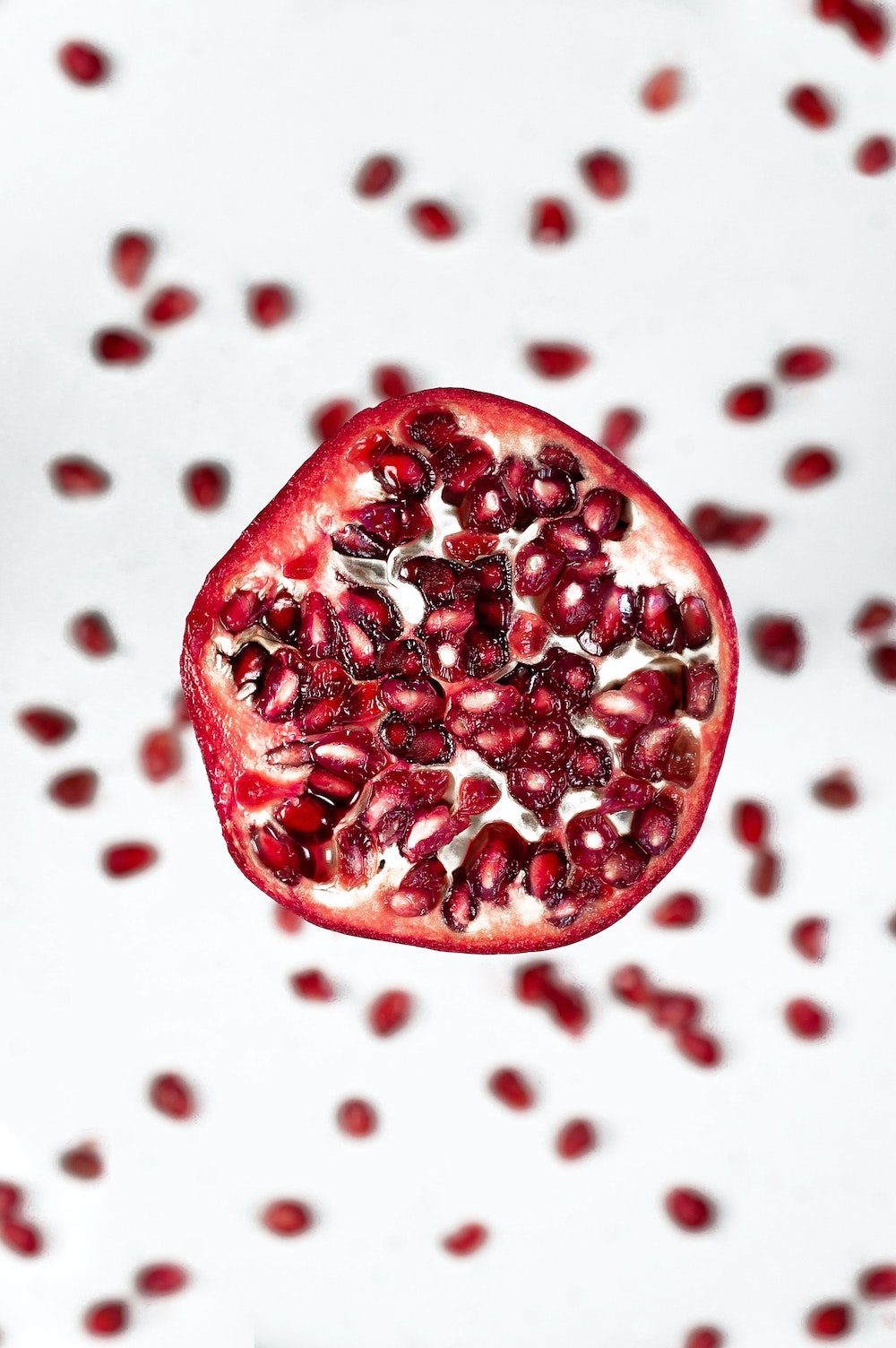Seasons greetings – on paper with homemade plant dyes
Not a fan of classic, shiny, kitsch greeting cards? This year, try something pastel, natural, and handmade. Enter – plant dye greeting cards made by you.
Our favourite person to go to when it comes to dying with vegetable and plant dyes is Rebecca Desnos. She has books on how to do this, on textiles, on wood, on paper – the whole thing. So if you’re interested, check out her website because it is a source of beautiful, handmade crafts that are sustainable and fund to make.
So here’s how we’ll do it.
1. Prepare your paper
Get some watercolour paper. There are many other paper options that would work really well, and you can find those on Rebecca’s page, but for now, to go with the simplest and most easy-to-access option, go for watercolour. If you happen to have any other handmade paper at home, just make sure you don’t soak them in the dye for too long, because it can disintegrate.
Get a soaking dish. Ideally big enough to fit your rectangular piece of paper. We’ll use it like they do with photo developing.
Take your dish, and pour in 2 cups of water and mix in 2 tablespoons of soya milk.
Add your sheets of paper into the milk one at a time. Allow each one to become completely waterlogged and sink to the bottom of the dish. Then add the next one on top. Let the paper soak for 10 minutes. Thinner paper might need less, thicker paper could need more.
Take the paper out, dab it on a cloth then leave to dry on a towel on a table.
Once it’s dry, repeat the whole process. You can also attempt a third time if you’re patient, and have the time, because colours will come out richer.
Do you want patterns? Don’t soak your paper, but mix 1 tablespoon soya milk with 1.5 tablespoons water and use this solution to paint on untreated paper with a paint brush. Let it to dry fully. The areas that have milk on them will dye a darker colour and the pattern will be revealed in the dye pot.
Save your paper for a few days before dying.

2. Make your plant dye
Use a pot and pour in just enough water to cover the dye plants. The less the water, the more concentrated your end result.
Heat gently with the lid on, then turn off the heat and allow the pot to sit overnight.
Reheat the dye in the morning, turn off the heat, then allow it to sit for a couple more hours. Use your own judgement and reheat a couple more times if you feel the plants have more colour to give. Heat and time are important factors here.
When you’re happy with the colour, strain the dye through a sieve with a muslin cloth lined inside it to catch any pieces of plant.
This leaves us with a lovely clear dye. You can store any leftover dye in the fridge to use on other projects.

3. Set up your workspace and get dying
Lay down cloths you don’t mind getting pretty vegetable paint on them.
Pop your dye on the stove until it simmers. Then keep your pot next to your project on a heat proof mat. Work quickly while the dye is hot.
Begin to dip the paper into the hot dye. The paper absorbs the colour really quickly when the dye is hot. Some of the sheets need only a few seconds, others may need to be left in the pot for a few minutes at the most. Try what works for you but remember that paper needs to be treated really carefully. With rough handmade papers, be careful not to agitate them in the dye as they will begin to fall apart. Thicker paper can crease which damages the smooth surface.
Leave dyed paper on the cloth, to absorb any pools of excess dye and then allow it to dry flat. Once the paper is mostly dry and firms up a bit, take it off the damp cloth and allow to dry fully on a flat surface elsewhere.
If your dye cools down, you’ll need to reheat it if you have more paper to colour.
If you’d like to layer dyes, it’s best to allow the first dye to dry fully before dipping into the second colour.
As the paper dries press it flat with an iron. The paper may curl up slightly, so you can flatten it out under books.
Once all dried up, start writing them up with your Christmas wishes, ready to be sent off.
Using the same technique, you can colour lots of other things. Rebecca’s book, Botanical Colours at Your Fingertips will give you all the information you might need to get started on many other wonderful projects! And her books make wonderful Christmas presents, too! 😉


One of the lovely mugs I ordered was slightly damaged. It was replaced immediately. Excellent service.
Thank you for leaving your feedback here on the blog Helen, hope you had a wonderful Christmas time and we all wish you a Very Happy, Healthy and Prosperous New Year!